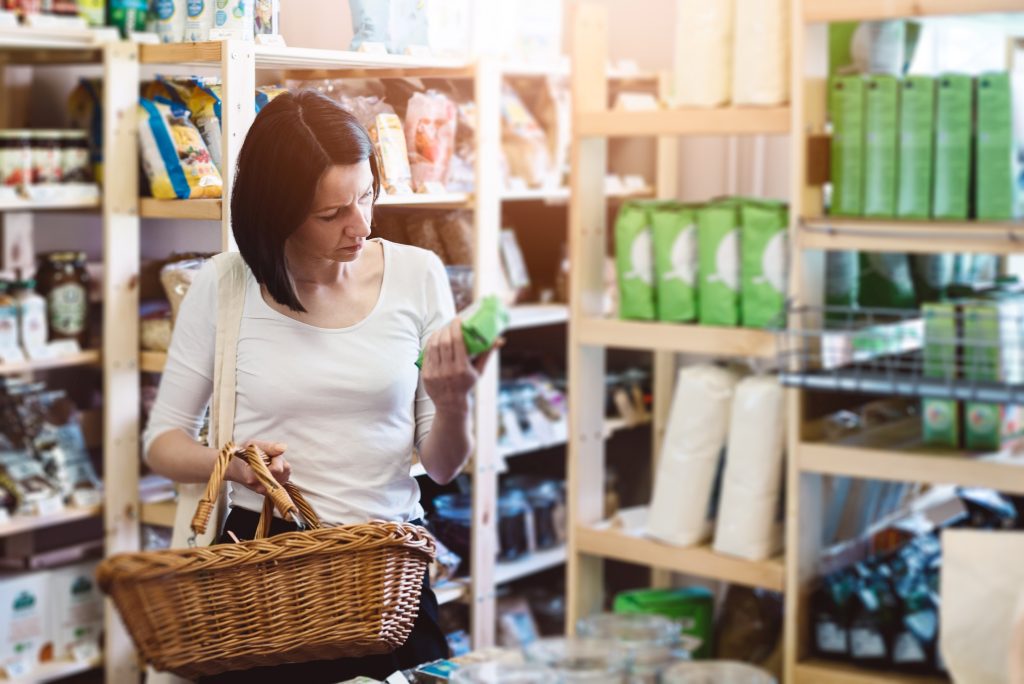By Fong Ying
In the culinary landscape of Singapore, the recent incident of the fungus-contaminated kway teow at NTUC FairPrice, has got us all thinking about food safety in Singapore.
Around the world, an estimated 600 million people fall ill after consuming contaminated food each year, underscoring the urgency of addressing food safety issues.
Amidst these concerns, it’s important to acknowledge the progress made in enhancing food safety measures in Singapore. Between 2020 to 2022, the number of suspended food establishments decreased significantly, presumably due to a combination of factors such as COVID-19 eating limits, more enforcement, and improved industry procedures.
As we navigate the complexities of food safety, it’s compulsory to explore actionable steps that retailers, suppliers, and regulatory bodies can take to strengthen the integrity of our food supply chain and ensure consumer safety.
Safeguarding the Frontline of Food Safety
To prevent future incidents, retailers are encouraged to adopt stringent quality control measures across the supply chain. Rigorous checks during receiving incoming goods are essential, ensuring that products align with required quality standards and minimising the risk of defects.
Augmenting the frequency of checks and sampling sizes can proactively identify potential issues before products reach the shelves. Regular inspections at suppliers’ premises contribute to fostering a culture of food safety and quality.
Well-trained staff are instrumental, prompting retailers to invest in regular training on goods receiving checks, food handling, and storage practices.
Transparent communication channels with consumers hold equal significance. In case of safety concerns, retailers should swiftly communicate with consumers, providing clear instructions on how to handle affected products.
By implementing these measures, retailers play a pivotal role in upholding the integrity of the food supply chain, prioritising consumer health and thwarting similar incidents.
Upholding Standards
Suppliers, as key partners, must adhere rigorously to establish standard operating procedures throughout the production process. For example, ensuring proper heat treatment to effectively eradicate bacteria.
It also involves maintaining stringent controls over transportation and storage conditions to uphold product quality and safety standards. Proper storage is essential to prevent exposure to excessive heat or humidity, which could create a conducive environment for fungal growth, particularly in products lacking preservatives. Fungi thrive in moist and warm conditions, and improper storage may facilitate their development.
Implementing robust quality control measures, including regular inspections and testing procedures, is crucial for monitoring the quality and safety of products. Suppliers should actively seek continuous improvement, adopting systems like Hazard Analysis Critical Control Point (HACCP) and ISO standards.
Accurate and comprehensive product labelling is non-negotiable, providing vital information to consumers and retailers. Transparent and timely communication between suppliers and retailers in case of identified issues allows for swift action to address potential risks and protect consumers.
Building a Resilient Food Safety Ecosystem
A closer collaboration between retailers, suppliers, and government bodies is indispensable for crafting a resilient and foolproof food safety ecosystem in Singapore.
As a Senior Food Safety Consultant, I strongly advocate for joint responsibility in food safety, emphasising ongoing communication and education. Regulatory bodies can organise regular food safety exhibitions and trade workshops, boosting public knowledge and emphasising systems like the Hazard Analysis Critical Control Point (HACCP).
Investing in comprehensive public awareness and education campaigns becomes crucial, ensuring both businesses and consumers receive adequate information about food safety practices. Regulatory bodies can foster shared responsibility by not only highlighting food safety breaches but also showcasing good practices adopted by food establishments.
Consumers also play a crucial role. Before purchasing or cooking, consumers should visually inspect the products to ensure that the packaging is intact, free of signs of rotting or foreign objects as well as the expiry date is correct. If something seems weird, do not buy the merchandise and notify the store staff.
In addition, buyers are advised to follow the storage instructions labeled on the packaging as improper storage conditions could lead to growth of bacteria.
Reporting potential food safety breaches to authorities ensures enforcement action. For example, a customer filed a complaint with the Singapore Food Association (SFA) for further investigation after biting into a stainless steel mould left in the pastry accidentally, while a squashed rat was discovered in a food delivery bag containing brownies, prompting further investigation and public awareness.
By embracing collective responsibility, Singapore can move towards a food safety landscape that is not only diverse and delicious but also safe for everyone.
In conclusion, the recent incident serves as a catalyst for positive change. By implementing these recommendations and fostering collaboration among retailers, suppliers, regulatory bodies, and consumers, we can collectively contribute to a safer and more secure food environment in Singapore.
Chan Fong Ying is a senior food safety consultant and trainer with ISRC

























